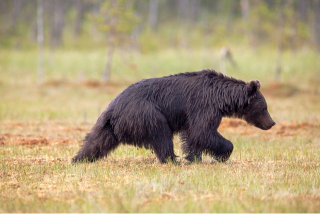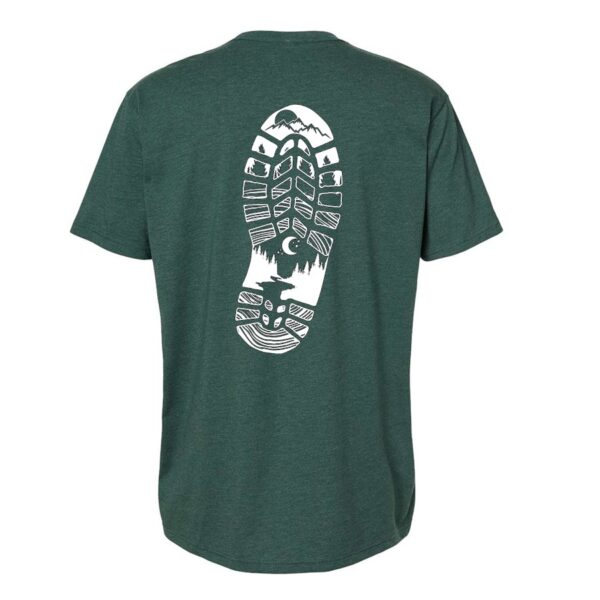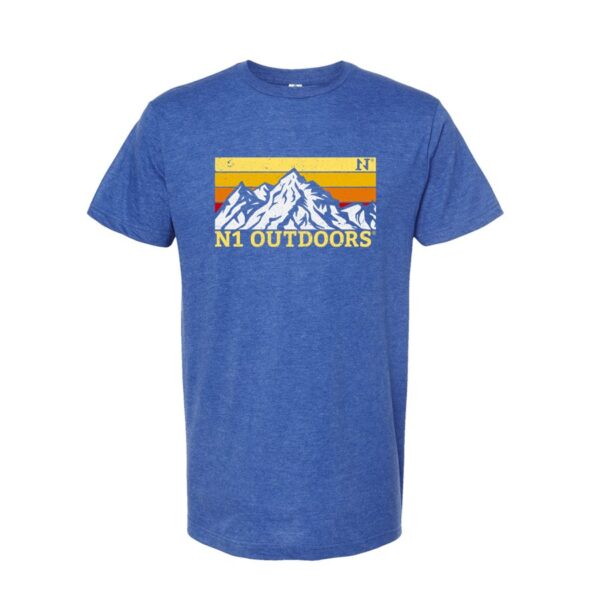When we think of bears, the image of a powerful, lumbering creature often comes to mind. Yet, these majestic animals are not just symbols of strength—they are also incredibly fast when they need to be.
From the mighty Grizzly to the stealthy Black bear, understanding the speed of bears provides insight into their hunting prowess and survival strategies in the wild.
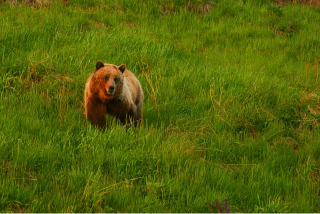
Don’t let a bear’s lumbering demeanor fool you. They can accelerate quickly when needed.
Physiological Factors Contributing to Bear Speed
Bears are built for both power and agility. Their physiology plays a crucial role in their ability to reach impressive speeds when necessary. With strong, muscular limbs and large paws that act like natural snowshoes, bears have efficiency in movement.
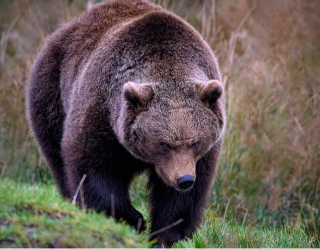
A bear’s skeletal structure, particularly the arrangement of bones in their legs, allows for powerful strides. This, combined with well-developed muscles, enables bears to accelerate quickly when chasing prey or fleeing danger. Despite their seemingly bulky appearance, bears can move swiftly with surprising grace.
How Bears Use Their Speed in Hunting
Bears are opportunistic predators, employing a variety of hunting techniques depending on their species and environment. While some bears, like the Grizzly, are known for their ambush tactics, others, such as the Black bear, are more inclined to pursue their prey.
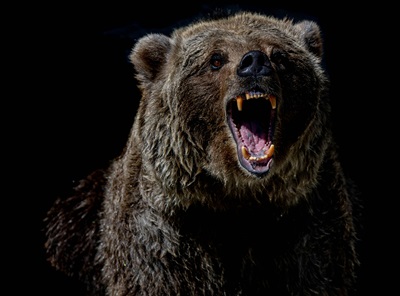
Bears can chase down unsuspecting prey over short distances.
When hunting, bears will use their speed to surprise their quarry or to chase it down over short distances. Their bursts of speed are effective for catching slower prey such as younger deer and elk, or fish. This ability to accelerate quickly gives bears an edge in capturing their meals, ensuring they can secure the sustenance needed for survival.
How Fast Can Bears Run | Bears Vs. Other Animal Species
So, you’re probably reading this because you’re wondering, “how fast can bears run anyway?”
Researchers have conducted numerous studies to measure the speed of bears in various environments. One such study, published in the Journal of Wildlife Management, found that Grizzly bears in pursuit mode could reach speeds of up to 35 miles per hour (56 km/h) for short distances.
In terms of average speeds, different bear species exhibit varying capabilities:
- Grizzly Bears: Average speeds range between 30 to 35 miles per hour (48 to 56 km/h) when in pursuit.
- Black Bears: Generally slightly slower, with average speeds of around 25 to 30 miles per hour (40 to 48 km/h).
- Polar Bears: Surprisingly agile for their size, reaching speeds of 20 to 25 miles per hour (32 to 40 km/h) on land.
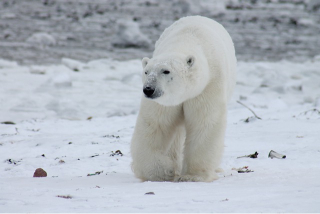
Polar bears tend to be the slowest of the bear species, yet they still can reach speeds of 20-25 miles per hour!
Comparing this to other animals of similar size, bears fare quite well.
- Cheetah: 60 – 70 mph (97 – 113 km/h)
- Pronghorn Antelope: 55 – 60 mph (89 – 97 km/h)
- Wildebeest: 50 mph (80 km/h)
- Lion: 50 mph (80 km/h)
- Quarter Horse: 55 mph (88 km/h)
- Greyhound: 40 – 45 mph (64 – 72 km/h)
- African Elephant: 25 mph (40 km/h)
- Whitetail Deer: 35 miles per hour (56 km/h)
- Elk: 25 to 45 miles per hour (40 to 72 km/h)
Comparing Bear Speed to Human Speed
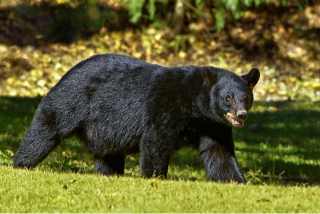
Many people want to know… are bears faster than humans? See below!
For context, let’s consider the human perspective. The average human running speed falls between 8 to 12 miles per hour (13 to 19 km/h). This means that in a race against a bear, the outcome would be clear—the bear would quickly overtake a fleeing human.
Understanding the speed of bears is not just a matter of curiosity; it’s also essential for safety in bear country. When venturing into wilderness areas where bears roam, hikers and campers must be aware of these impressive speeds. Knowing that a bear can close the distance rapidly underscores the importance of proper precautions and respect for these wild creatures.
Final Thoughts On Bear Speed
In conclusion, bears are not just the lumbering giants we often perceive them to be. With their remarkable speed and agility, they are nature’s speed demons, finely tuned for both power and pursuit.
Whether hunting for prey or avoiding threats, bears demonstrate their impressive capabilities in the wild.
So, next time you catch a glimpse of a bear in its natural habitat, remember the incredible speed it possesses—a reminder of the awe-inspiring wonders of nature!

